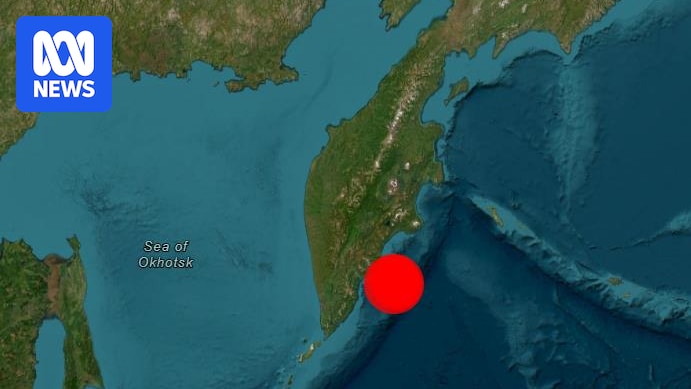The Pacific Tsunami Warning Center (PTWC) says there is no longer a danger of tsunami waves hitting Russia’s Kamchatka Peninsula after five powerful earthquakes — the largest with a magnitude of 7.4 — struck in nearby waters on Sunday.
The largest quake was at a depth of 20 kilometres and was 144 kilometres east of the city of Petropavlovsk-Kamchatsky, which has a population of 180,000.
The smaller — but still substantial — quakes were recorded before and after, including a quake with a magnitude of 6.7.
The PTWC initially said there was a danger of major tsunami waves but later downgraded its warning before finally saying the danger had passed.
Russia’s Emergencies Ministry also issued a tsunami warning following the largest quake, urging residents of coastal settlements to stay away from the shore.
There were no immediate reports of casualties or damage, and the ministry said it had no immediate plans to evacuate residents.
An earlier tsunami warning for Hawaii was also cancelled.
The German Research Center for Geosciences (GFZ) indicated twin earthquakes of more than magnitude-6.5 struck near the coast of Kamchatka, in Russia’s far east, early on Sunday.
It measured the quakes at 6.6 and 6.7 and the depth of both at 10 kilometres.
Measurements of earthquakes often vary in the first hours after they occur.
There were no immediate reports of casualties.
Russia’s state-run TASS news agency reported, citing local emergency services, that waves of up to 60cm could reach the sparsely populated Aleutsky District on the Commander Islands.
Waves of up to 40cm may affect the Ust-Kamchatsky region in eastern Kamchatka, while the Petropavlovsk-Kamchatsky urban district — the most densely populated area in the south-eastern part of the peninsula and home to the regional capital — might see waves of up to 15cm.
On November 4, 1952, a magnitude-9.0 quake in Kamchatka caused damage but no reported deaths despite setting off 9.1-meter waves in Hawaii.
AP/Reuters
